Colorful memories from the white town.
Picturesquely situated in the historic region of La Axarquía, the "pueblo blanco" (white village), nestled amidst mountains and the natural park of Sierras de Tejeda, Almijara y Alhama, in the province of Malaga, offers, among other things, a wonderful mountain climate with spectacular views of... the coastline!
Frigiliana is undoubtedly one of the most charming towns in Andalusia, and according to various publications as well as the subjective experiences of many tourists, it is considered one of the most beautiful towns in all of Spain.
Miles of cobbled streets in the style of Mudejar, accompanied by white houses adorned with pots of beautiful plants, create a truly fairy-tale atmosphere. Despite the small size of the town, you can wander through its narrow streets for hours...

Frigiliana's history
Ślady odnalezione w pobliżu miasta wskazują, że pierwotnie okolice współczesnej Frigiliany były zamieszkiwane już w neolicie, jednak dopiero wyraźne ślady przeszłości i pozostałości po starożytnych osadach pozostawili po sobie zamieszkujący te tereny Fenicjanie, a później Rzymianie, którzy nadali miejscu jej właściwą nazwę “Frexinius ana”, co oznaczało coś w stylu “dom, posiadłość Frexinusa”. Ruiny i pozostałości z czasów rzymskich widoczne są na wzgórzu El Fuerte, górującym nad miastem. Dopiero arabskie panowanie nadało kształt współczesnym zabudowaniom mieszkalnym. W IX i X wieku miasto opierało swoją ekonomiczną egzystencję na produkcji oliwy, rodzynek, fig i hodowli jedwabników i umacniało swoją obronność w postaci wybudowania twierdzy Castillo de Lizar. W XI wieku miasto nazywało się Fixniana.

Po zdobyciu miasta przez katolickich dowódców w ramach rekonkwisty, rozpoczęły się represje wobec muzułmańskiej społeczności i próby nawracania jej na chrześcijaństwo. Jednak bunt tej uciskanej i niechętnej do konwersji grupy mieszkańców osiągnął punkt kulminacyjny podczas 20-dniowej bitwy “O twierdzę” na Skale Frigiliany. Kastylijczycy mocno odczuli opór ze strony muzułmańskiej społeczności.
After fierce battles, in 1570, the defeated Muslims were finally expelled from these lands. This battle left a lasting mark on the history of Frigiliana, serving as a reminder of the difficult times endured.
The town, as visible to the naked eye, has best preserved its Arab heritage. Understanding the place's history is essential to better grasp its current atmosphere, architecture, and culture. Houses and streets have remained much as they were in Moorish times: tidy, white, and modest facades, often concealing charming patios or gardens lush with vegetation and fountains. To delve into this history, artisan Pilar García Millán crafted twelve mosaics placed along the streets. Barrio Alto zabierają turystów w podróż do przeszłości.
Literally, as you stroll through the narrow streets, you get the feeling that time has stopped here...

Frigiliana today
One-third of the population consists of foreigners, representing around twenty different nationalities, which contributes to the unique atmosphere of Frigiliana. Here, local vibes, cuisine, and traditions blend with those of the visitors, creating a melting pot of cultures and languages. The city attracts many people tired of the hustle and bustle of city life and stress because here, one should slow down and savor not only the wonderful local wines but also taste the flavors of beers produced in Andalusia. You can sample beers at... La Domadora - a small garage converted into a small bar and shop.
While here you must also try the local delicacy La Arropía..., something akin to candies made from honey and sugarcane, produced in the sugarcane factory—the only one in all of Europe. We won't miss the chance to buy these sweets, as they are highly popular here.

What to see in Frigiliana
- Fuente Vieja (The old fountain) - a 17th-century monument
- St Anthony's Church - early 15th century church
- Real Expósito - ancient silo from the 18th century
- Chapel of Santo Cristo de la Caña - 18th century church
- Casa Solariega de los Condes - Renaissance chateau from the 16th century
- Casa del Apero - Tourist Information, Municipal Library, all historical archives of Frigiliana and the Historical Museum
- El Torreón - is located in the Arab part of the city on Calle Real. A former granary - it is now part of a house. The courtyard is accessed through a gate with an inscription ‘El Torreón’
- Castillo de Lizar – remains of an old Moorish castle
Local specialties of Frigiliana
- sweets La Arropía - candies made from cane sugar
- Delicious chocolate products (with chilli, salt, sugar cane honey, olive oil, stevia, bananas) - buy in a small street near Real street
- Las Marcochas - special sweets prepared from sugar cane to celebrate the Cross Day - 3 May
Where to eat in the town?
The offerings are interesting, and it is worth choosing a restaurant with a viewing terrace. Here are some interesting suggestions: PS try the local blue wine!
- La Domadora - beer bar in the garage
- El Adarve
- La Bodeguilla - an interesting place near the church of San Antonio de Padua
- The Garden
- El Acebuchal
- For fans of Polish cuisine, a pleasant surprise awaits at "Sal y Pimienta" – a restaurant offering traditional Polish dishes!
For Nature Enthusiasts and Adventurers
Frigiliana is a great base for mountain hikes, just a short walk away:
- Parque Natural Sierras de Tejeda, Almijara y Alhama
- Río Higuerón – more info
How to get there?
Frigiliana is located 58 kilometres from Malaga.
- For those travelling by car - there is a large car park in front of the entrance to the town - it is best to leave your car there
- By bus from Nerja Click for the timetable
Official website CLICK HERE
Map with the main attractions:
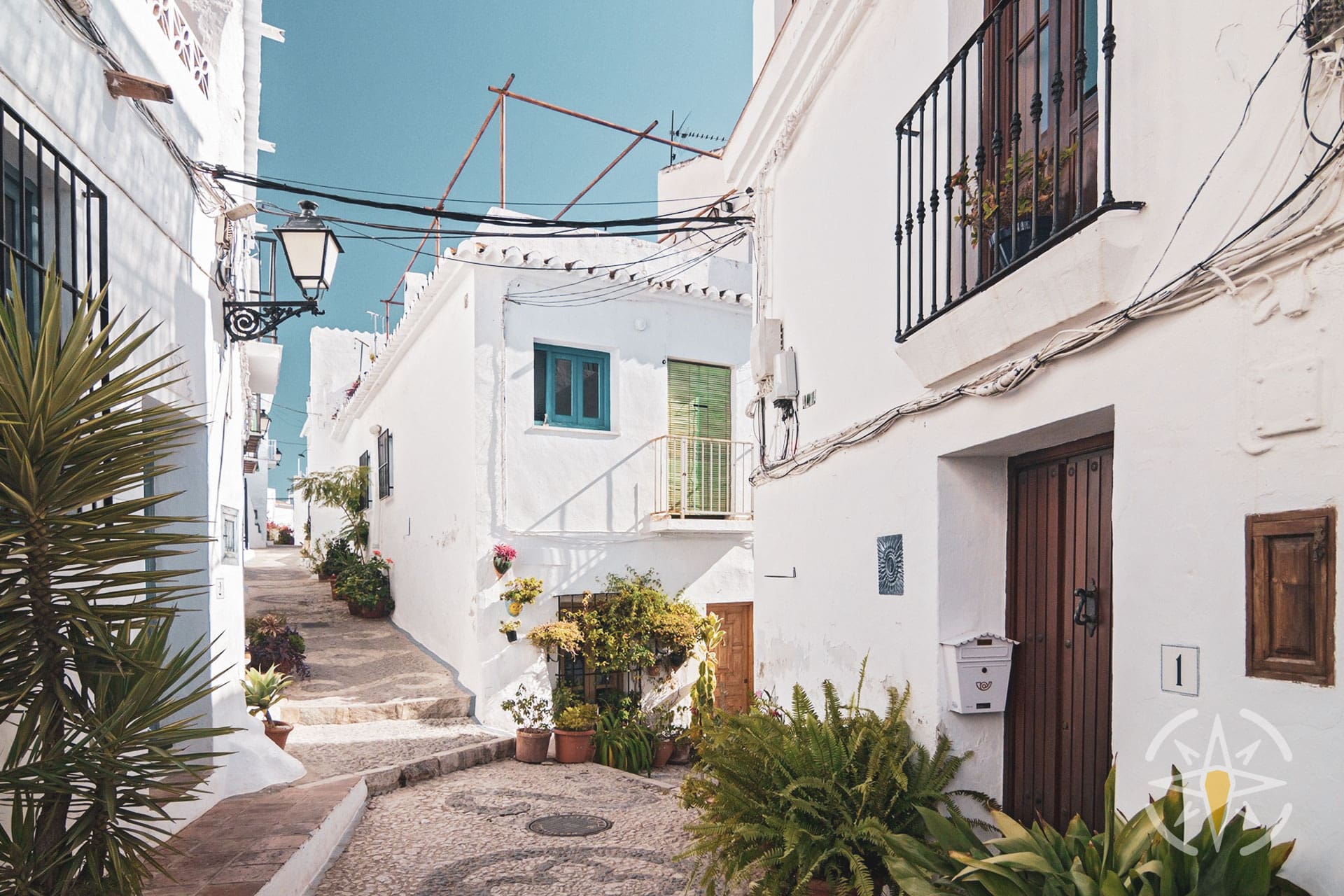
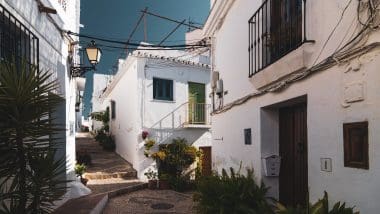
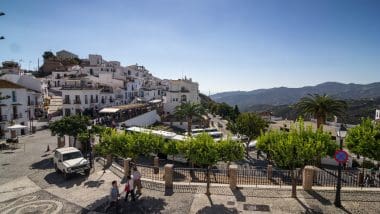
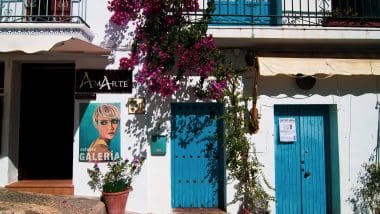
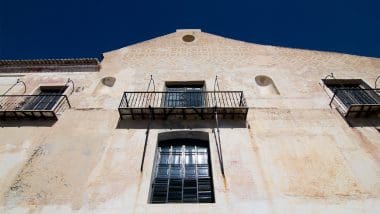
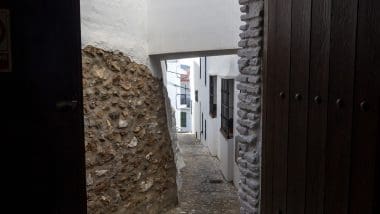
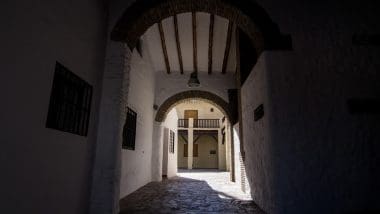
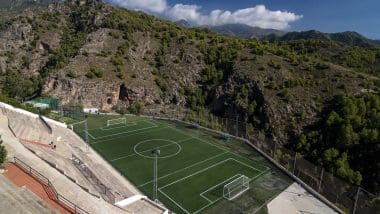
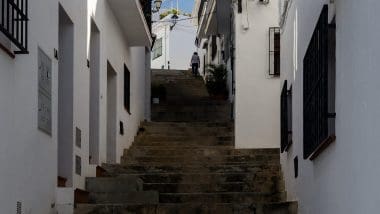
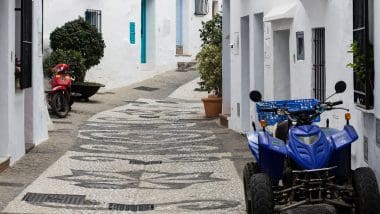
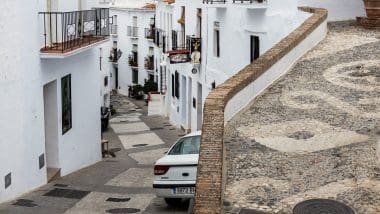
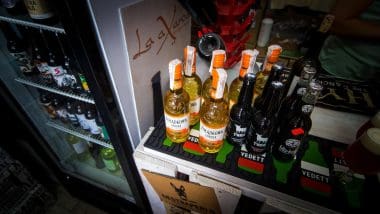
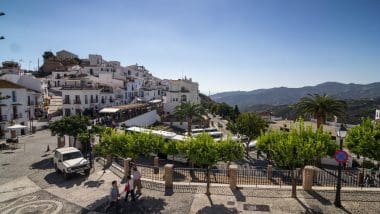
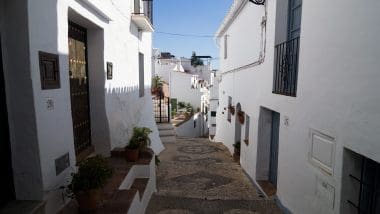
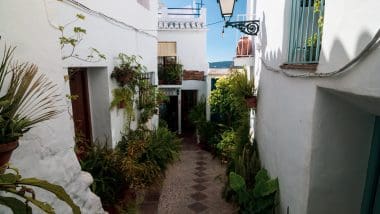
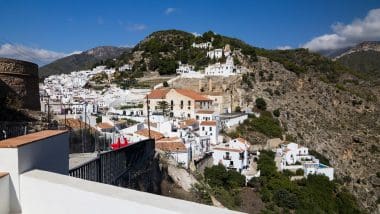
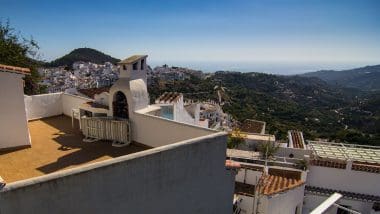
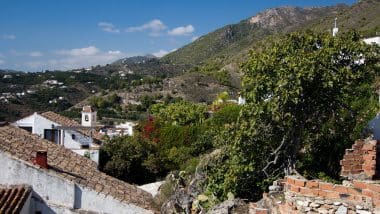
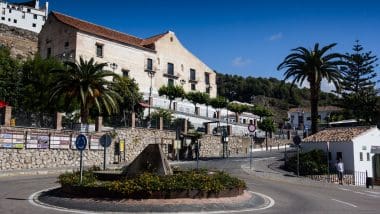
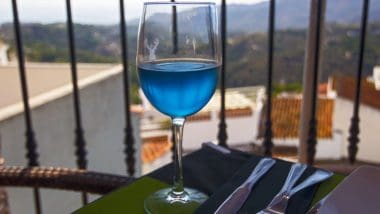
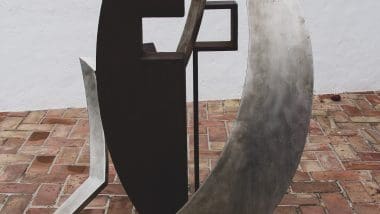
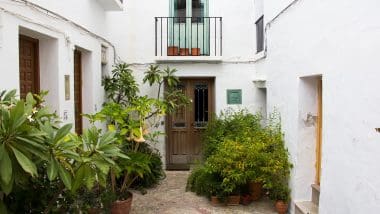
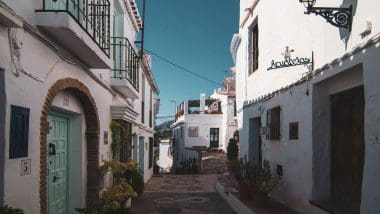
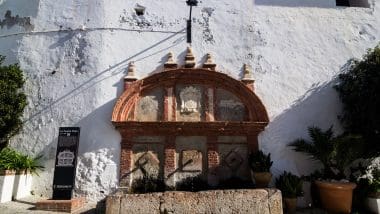
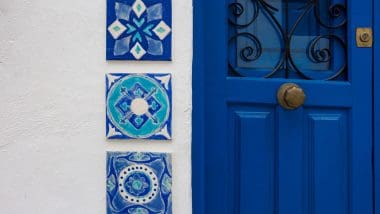
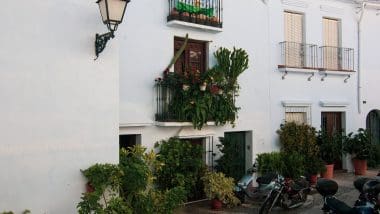
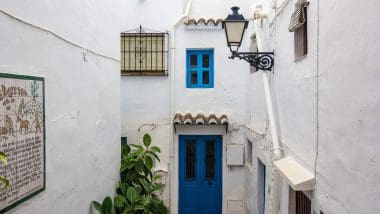
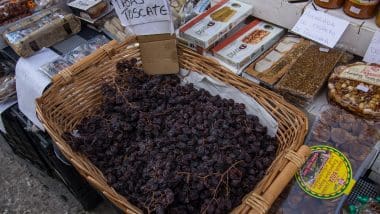
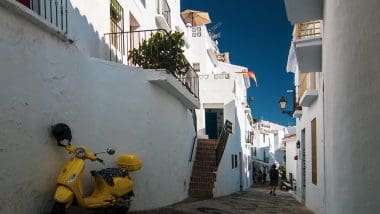
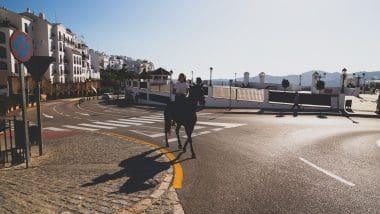
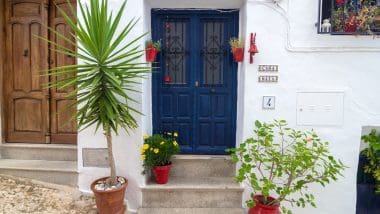
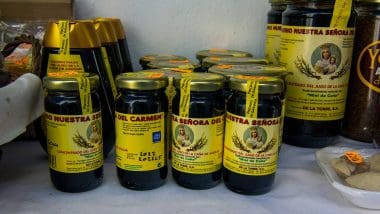
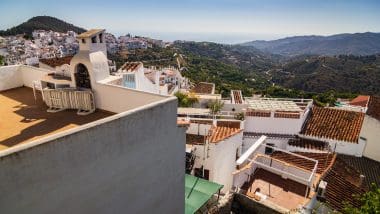
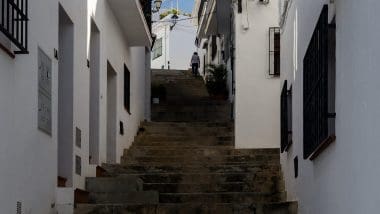
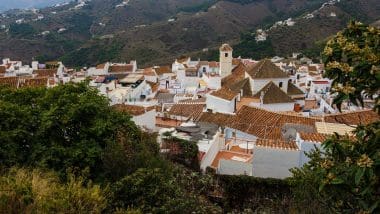
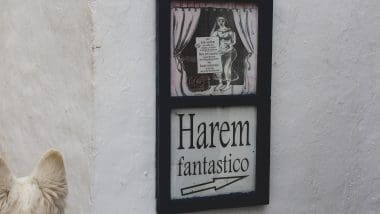
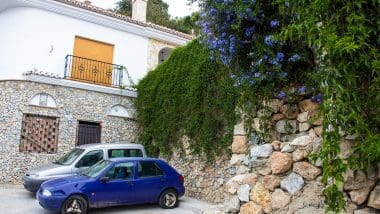
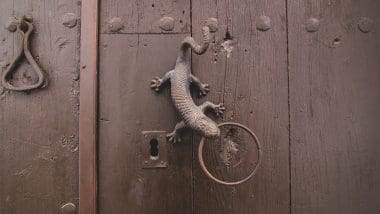
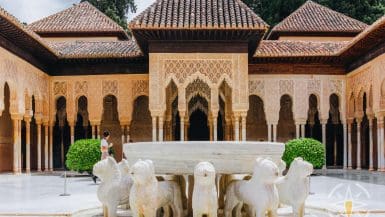
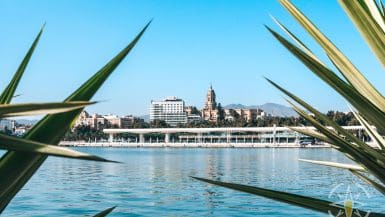
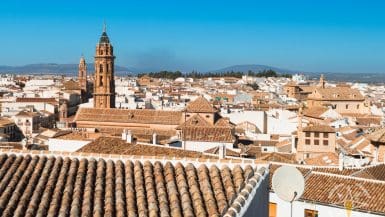
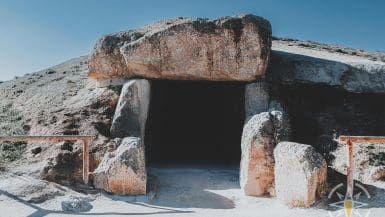
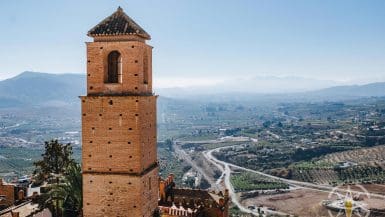
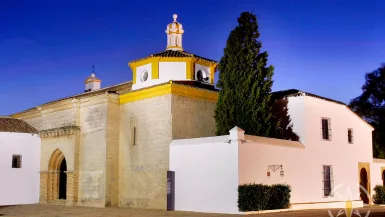
Leave a comment, ask a question...